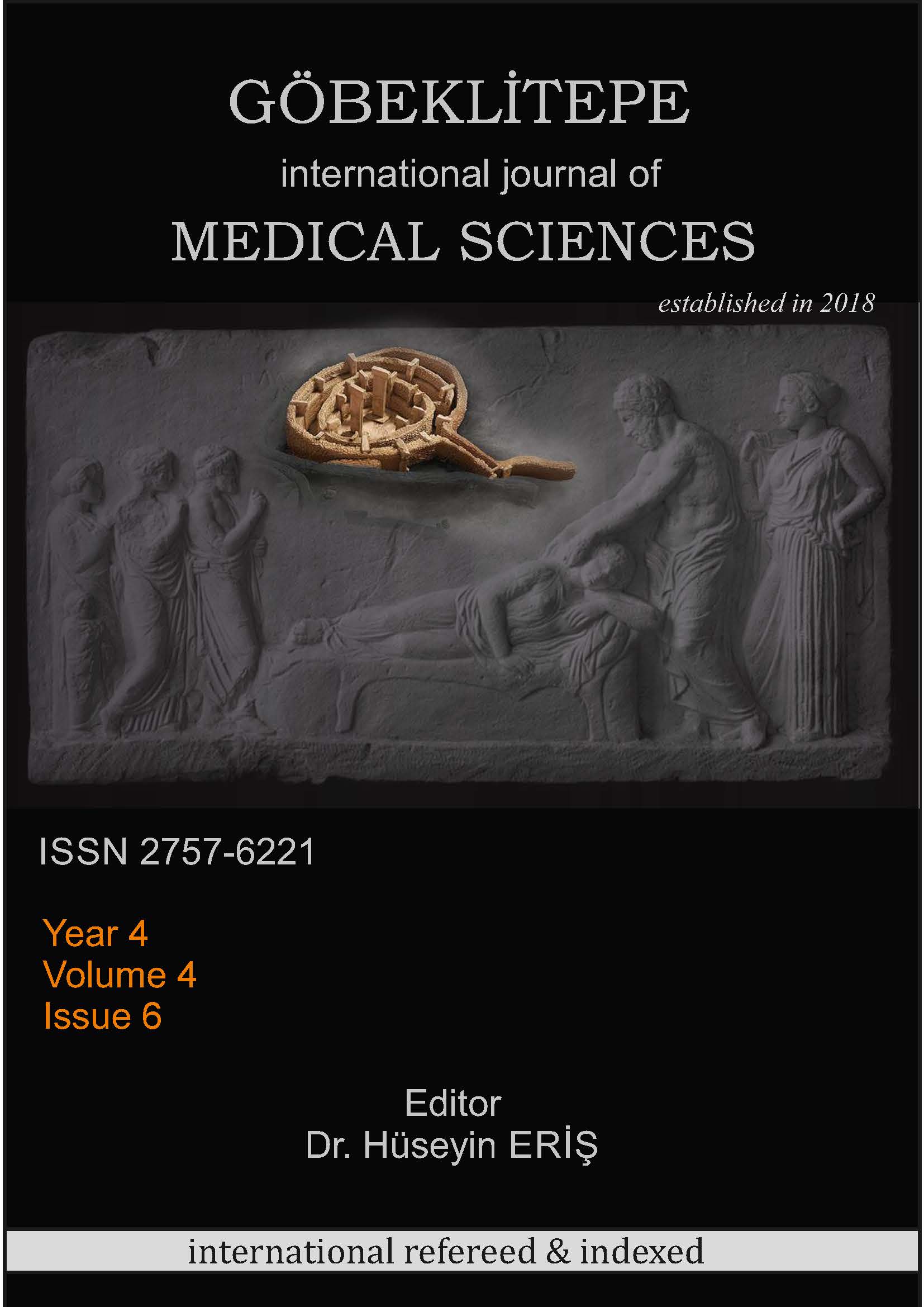THE EFFECT OF SMOKİNG AND STRESS ON TEMPOROMANDİBULAR JOİNT DYSFUNCTİON
Keywords:
Temporomandibular joint dysfunction, Fonseca Anamnestic Questionnaire, Perceived Stress scaleAbstract
In this study, it was aimed to determine the prevalence of Temporomandibular Joint Dysfunction in university students and to determine the factors that may be associated with temporomandibular joint dysfunction. This study was carried out with the participation of a total of 398 university students aged 17-39 (21.27±2.63 years). The presence and severity of Temporomandibular Joint Dysfunction in the students participating in the study were evaluated with the Fonseca Anamnestic Questionnaire, and the stress level was evaluated with the Perceived Stress Scale. It was determined that 342 (85.9%) of 398 students included in the study had Temporomandibular Joint Dysfunction at any level. Of these students (n=342), 162 (40.7%) had mild, 148 (37.2%) moderate and 32 (8.0%) severe Temporomandibular Joint Dysfunction. Temporomandibular Joint Dysfunction was found in 286 (85.9%) of the female students and 56 (86.2%) of the male students participating in the study. The mean Perceived Stress Scale score of the students was 32.62±4.92, the mean Perceived Stress Scale score of the students with Temporomandibular Joint Dysfunction was 33.08±4.18, and the mean Perceived Stress Scale score of the students without Temporomandibular Joint Dysfunction was 29.72±7.55. There was a significant difference between the students with and without temporomandibular joint dysfunction and the Perceived Stress Scale mean scores according to their severity levels(p:0.001). As a result of the study, it was seen that there was no relationship between gender and cigarette consumption and the development of Temporomandibular Joint Dysfunction, but stress is one of the factors that may cause the development of Temporomandibular Joint Dysfunction and the increase in stress also increases the severity of Temporomandibular Joint Dysfunction.





